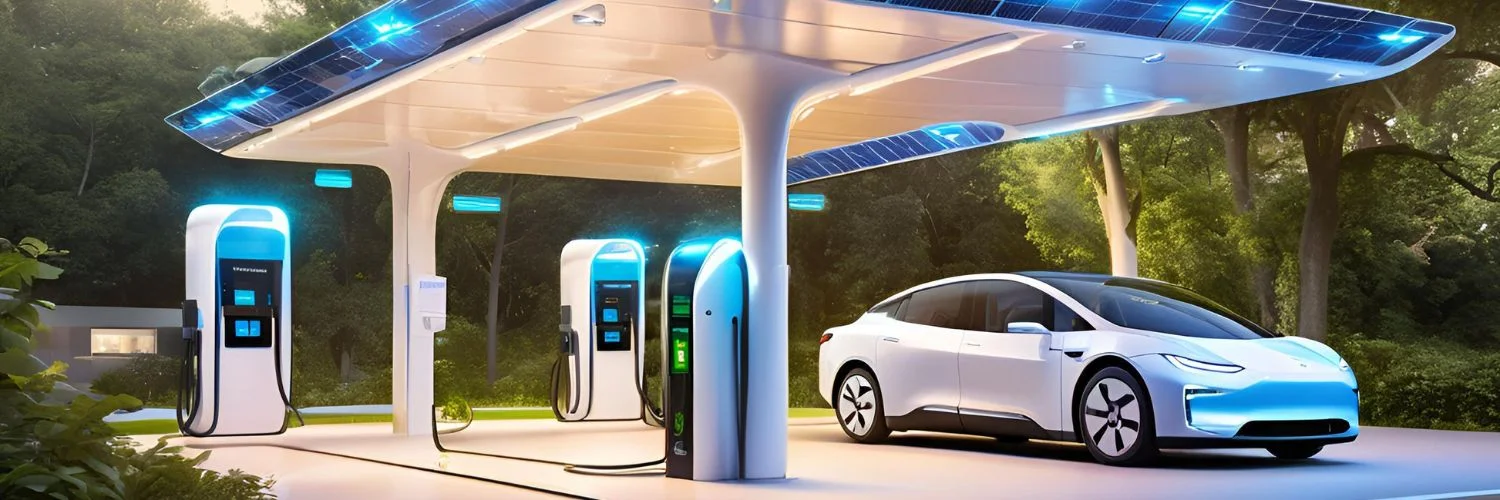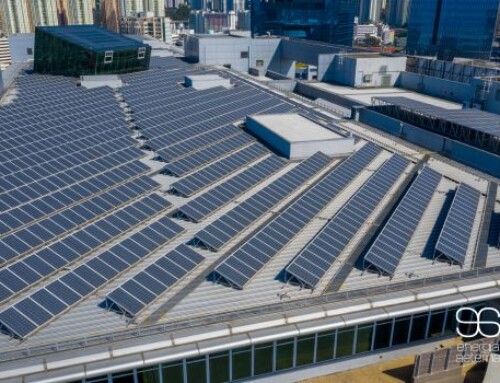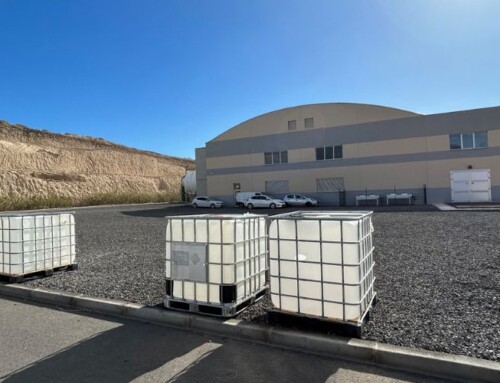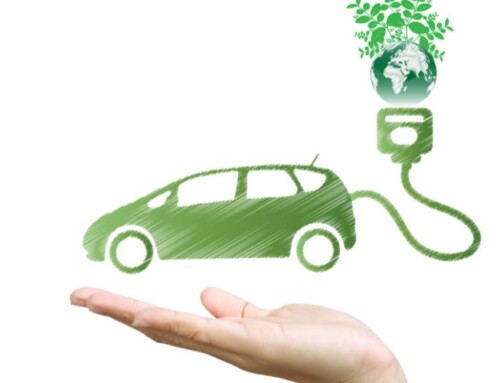The future of gas stations: Integration of photovoltaics, fast chargers and energy storage.
Integration of solar energy in charging stations
Combining solar photovoltaic energy in fast charging stations for electric vehicles is a smart, sustainable bet that also has different benefits:
- Clean and renewable energy: The sun’s energy is free, inexhaustible and does not emit polluting gases. By using it to charge electric vehicles, we reduce dependence on fossil fuels and make mobility even greener.
- Smart hybrid systems: During the day, solar panels can directly power charging stations. And when the sun is not shining, the power grid kicks in. Thus, power is always available without interruption.
- Less concern about range: One of the biggest fears of electric vehicle drivers is running out of battery power in the middle of the road. Having more charging stations, especially those that take advantage of solar energy, makes the experience safer and more accessible.
Fast chargers and demand management
Advances in fast charging technology have led to a substantial increase in charging power, with systems now reaching 150 kW or more. This has drastically reduced charging times, allowing electric vehicle owners to recharge their batteries in as little as 5 to 10 minutes.
However, this high load power can generate significant electricity demands during peak hours, overloading the grid and limiting its deployment in locations with a lack of capacity or where the costs associated with increased power are significant.
To address this challenge, demand-side management solutions, such as the use of battery energy storage systems, are being implemented.
Chargers, photovoltaics and batteries a complete solution
Battery Energy Storage Systems play a crucial role in the integration of renewable energies and efficient demand management at charging stations:
- Flattening the grid demand curve: storing energy during periods of low demand and releasing it during peak hours, reducing peak loads on the grid and lowering electricity costs.
- Peak shaving: helps to smooth peak demand, reducing the need for oversized network infrastructure, associated costs and penalties for excess power.
- Energy price optimization: grid loads can be scheduled at times of low energy prices, thus taking advantage of market volatility to save on electricity bills.
- Supplying power at limited grid points: In areas where grid capacity is limited, batteries can provide the additional power needed for fast charging of electric vehicles.
- Optimization of self-consumption: In combination with photovoltaic systems, the batteries make it possible to store surplus solar energy for later use, maximizing the use of renewable energy generated on site and charging vehicles with 100% renewable and local energy.
Future prospects
It is estimated that Spain will require between 65,000 and 95,000 charging points to serve the expected circulation of five million electric vehicles. This expansion of solar fast charging infrastructure will be increasingly integrated into smart grids.
In addition, continued advances in battery and charging technologies are anticipated, such as the implementation of bi-directional charging points and the application of artificial intelligence and machine learning to optimize charging processes.
Conclusion
The transformation of traditional gas stations into modern gas stations with integrated solar PV, fast chargers and energy storage systems represents a crucial step towards a more sustainable and efficient energy future.
This evolution not only facilitates the mass adoption of electric vehicles, but also contributes to the stability and flexibility of the electric grid.
As these technologies continue to mature and the charging infrastructure expands, the ‘gas stations of the future’ will play a key role in the transition to cleaner and more sustainable mobility.






